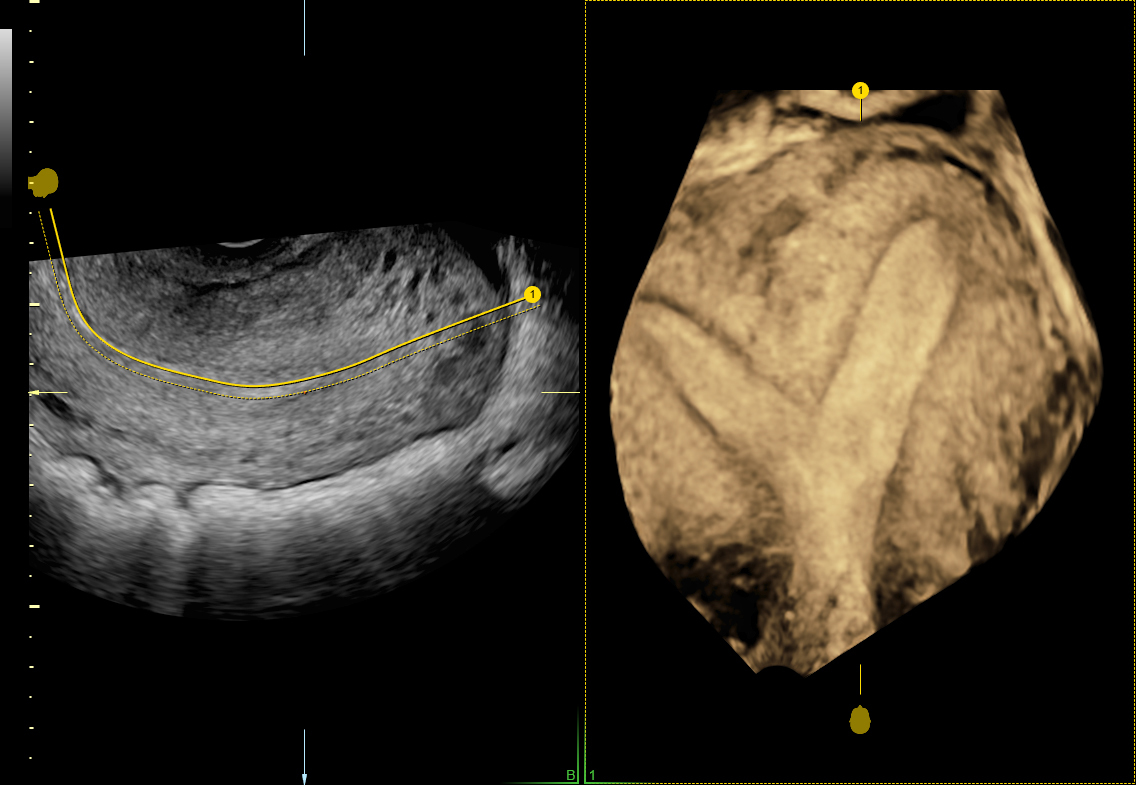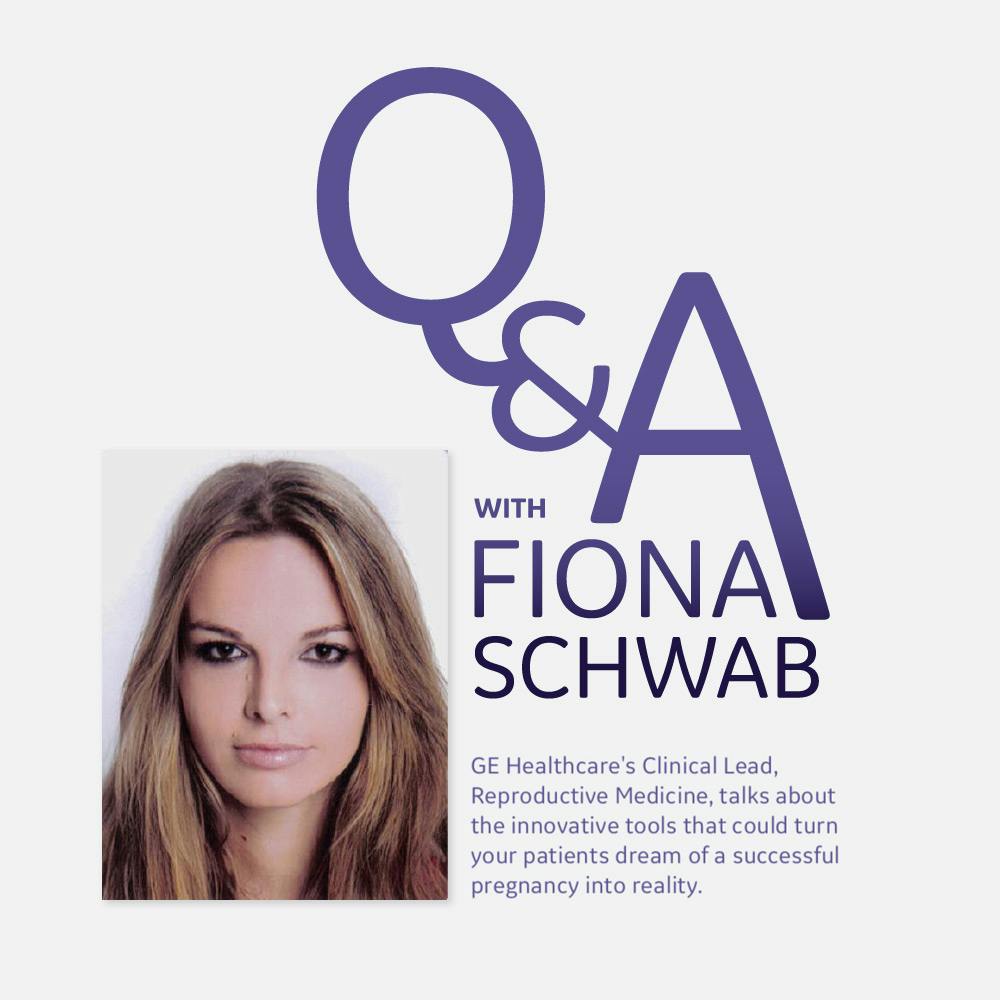The process of trying to become pregnant is often emotional and stressful for your patients, especially if they are unsuccessful. Many patients think in terms of their own ability or inability to get pregnant and don't realize that fertility can be viewed along a spectrum. Put your patients in a more positive mindset by discussing the difference between infertility and subfertility.
Explaining Subfertility Causes
According to the journal Human Reproduction, the subfertility definition refers to "any form of reduced fertility with prolonged time of unwanted non-conception." Women under age 30 who aren't able to get pregnant after six cycles of unprotected sex may be considered subfertile. The good news to share with your patients is that about half of those people will get pregnant within the next six months. After a year of unsuccessful attempts, your patient may be considered infertile.
Age is a big factor in subfertility; women over the age of 30 are more likely to have difficulty getting pregnant and may be less willing to wait for a spontaneous pregnancy. Women older than 35 are more likely than younger women to be subfertile with no known cause, according to The Obstetrician and Gynaecologist.
Diagnosing and Managing Subfertility
If your patients have been trying unsuccessfully to conceive for six months, it may be time to have an open discussion. This diagnosis can still be difficult to accept, as many patients may worry that subfertility will lead to infertility in the future. Reassure your patients that there are many treatable factors that lead to reduced fertility, and you can begin to manage many of them immediately.
A variety of lifestyle and medical factors can make it harder for women to get pregnant. Start by asking your patients about their habits to see if there are any obvious red flags, then move on to possible medical causes. Some common influences on female fertility include:
- Smoking
- Alcohol or caffeine consumption
- Age
- Being overweight or underweight
- Environmental factors, such as pollution
A few medical conditions can also cause or contribute to reduced fertility:
- Rheumatoid arthritis
- Ovarian reserve
- Uterine anomalies
- Tubal defects
- Endometriosis
- Fibroids
- Anovulation

Uterine anomaly: 3D ultrasound using OmniView demonstrates a septate uterus
About 25 percent of women may have no clear explanation for their subfertility; however, that doesn't mean they can't become pregnant in the future. Additionally, about 30 percent of female cases are actually attributable to a male partner. Encourage patients who are trying to conceive to follow a healthy lifestyle by reducing caffeine and alcohol consumption, quitting smoking, losing or gaining weight, or following a fertility diet if necessary. Younger women may be more willing to try lifestyle modifications first before seeking out medical treatment to become pregnant.
Evaluating the Causes of Reduced Fertility With Ultrasound
Ultrasound is an essential tool in ascertaining why a patient is having trouble conceiving. With 3D ultrasound, you can view the uterine contour, fallopian tubes or egg production during a normal cycle. You may also want to look for cysts, fibroids or endometriosis. 3D hysterosalpingo contrast sonography (HyCoSy)* examines tubal patency quickly and easily. By using ultrasound first — from traditional transvaginal ultrasound to HyCoSy to saline infusion ultrasound — you can thoroughly evaluate the potential causes of reduced fertility and begin discussing treatment options with your patients. Some patients may need laparoscopy or hysteroscopy as the next step.
The prospect of infertility can loom large over your patients' lives. Reassuring them that they have options and that infertility is much less common than subfertility may give them more confidence.
* Not available in the US.

3D HyCoSy image





